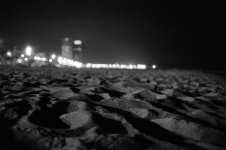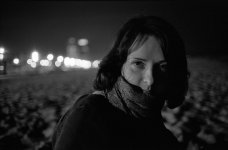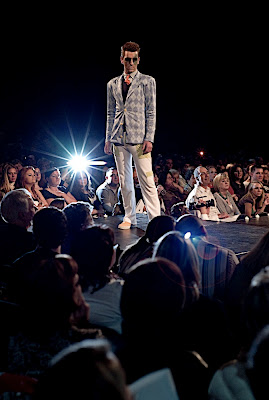Dante_Stella
Rex canum cattorumque
My friends got their band back together for its first gig in about a decade, and they asked me to shoot it.
My conclusion is that people must just love to gripe about ISO 2500. I think I like it, particularly the way the grain comes in like on film. I am attaching the grainiest frame I could find; if you look through the gallery, the grain at normal web sizes is pretty negligible. The dynamic range, though, gets a little bit pinched. And if you do color, well, yuck.
These were shot at f/1.4, mostly on manual, with shutter speeds from 1/60 to 1/125 second. Conversion via Lightroom.
Gallery here.
Knaves page here.
My conclusion is that people must just love to gripe about ISO 2500. I think I like it, particularly the way the grain comes in like on film. I am attaching the grainiest frame I could find; if you look through the gallery, the grain at normal web sizes is pretty negligible. The dynamic range, though, gets a little bit pinched. And if you do color, well, yuck.
These were shot at f/1.4, mostly on manual, with shutter speeds from 1/60 to 1/125 second. Conversion via Lightroom.
Gallery here.
Knaves page here.











